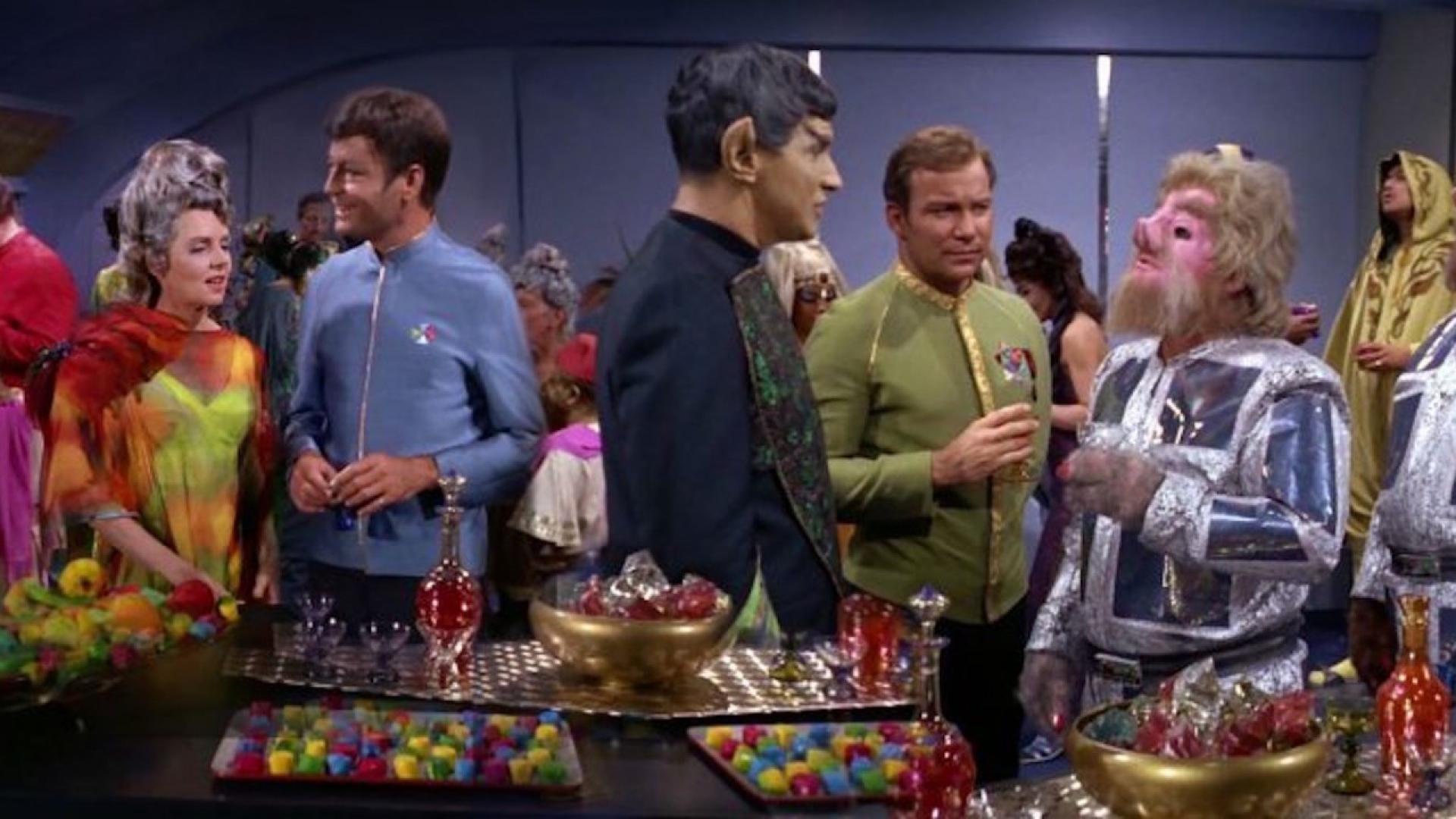On May 4, 2018, the most accurate Star Trek set reproduction in the world will welcome back the person who created the starship captain. On that day, it will be 51 years, 7 months, and 26 days since William Shatner brought Captain Kirk to television.
This beloved show was actually obscure in its time. But that was before there was a man on the moon and a computer in the palm of our hand. Now, Star Trek isn't a show which barely hung on long enough to go into syndication. Star Trek is an entire universe.
As big as space itself
Star Trek fanship spans generations. It is not an exaggeration to point out that this 1966-69 television show changed the way most people thought of science fiction. The popularity of Star Trek was first felt when the network tried to cancel it and was nearly buried by a letter writing campaign to keep it on.
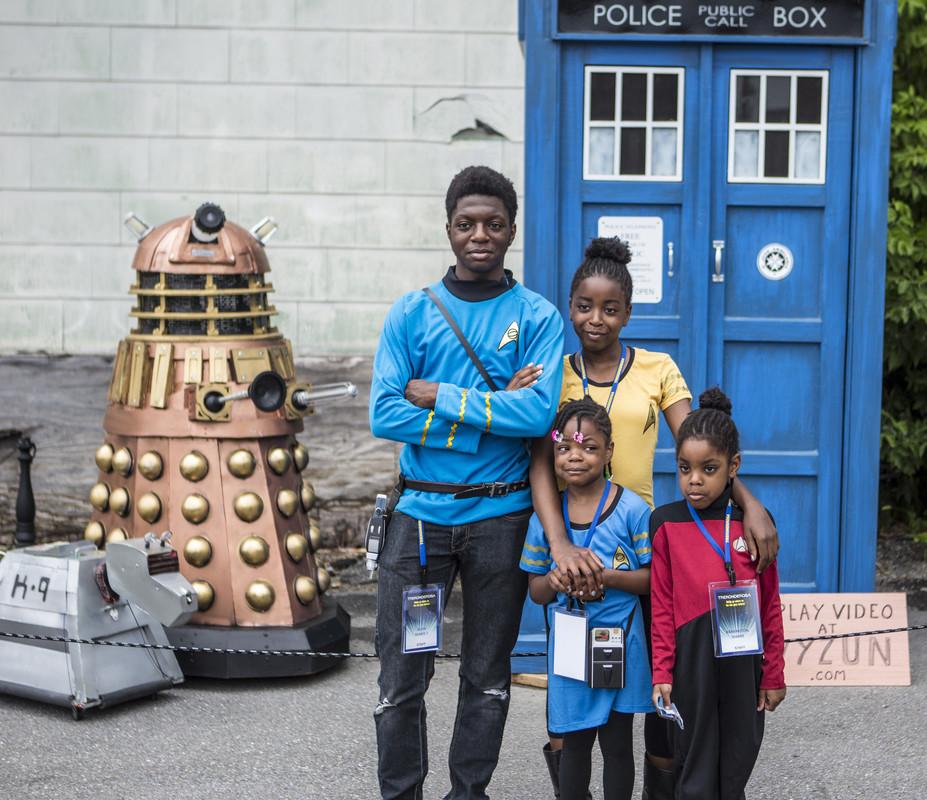
Still, the network slashed the budget and moved it into a less popular time slot. But in syndication, Star Trek developed more fans than ever before. This led to conventions that only increased the show's popularity. After almost 550 combined hours of television and film later, it has become the imaginary world that just keeps growing.
In fact, it's gotten so large that the original run of the show is now designated as "STAR TREK: The Original Series." While William Shatner was acting by the age of eight, when he enrolled in an acting school for children, went on to be a celebrated Shakespearean actor in the Canadian Stratford Shakespeare Festival, and enjoyed many other roles in both film and television, he will always be Captain Kirk.
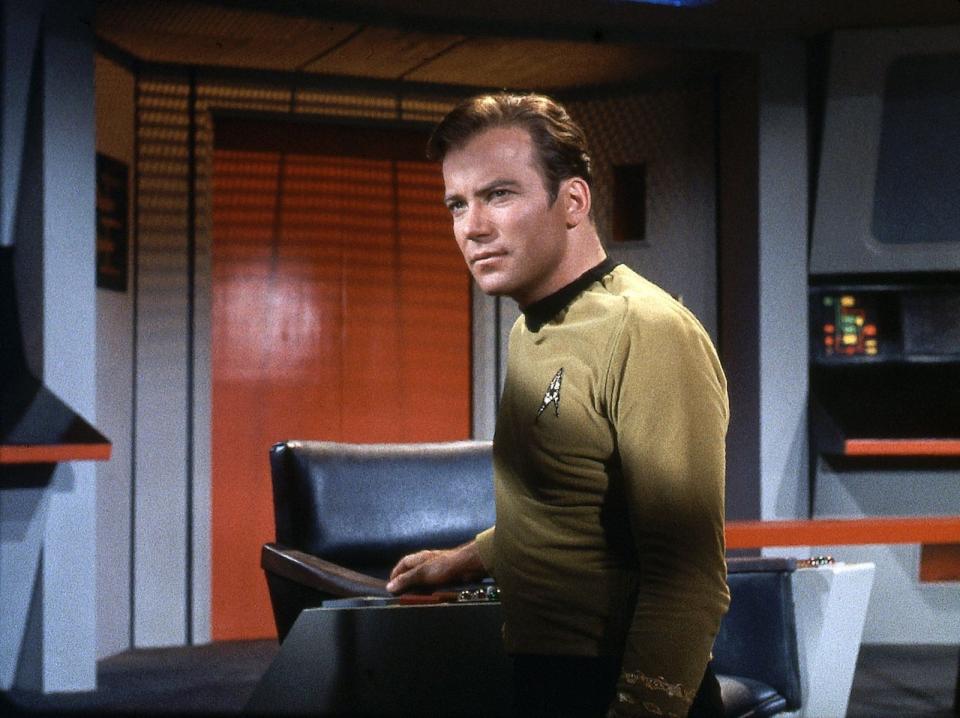
While there have been many starship captains in the years since, William Shatner created the template.
A new kind of leader
It was clear, in the original episodes, that the as-yet-unknown post of Starship Captain was conceived from a down-to-earth reality. Sailing ships alone in the great expanse of the ocean was a natural image for a self-contained ship out in the vastness of space. In either case, the buck would have to stop with the captain.
As seen in the original pilot, (used in the first-season two-parter, "The Menagerie") the captain was going to be Jeffrey Hunter as Captain Christopher Pike. But this early attempt was rejected by NBC as too intellectual and lacking in action.
The television executives of the time lacked experience with any serious science fiction. During the 50s and 60s, over 100 western series aired on the networks. In fact, series creator Gene Roddenberry sold the show with a reference to a popular western of the time, "Wagon Train in space!"
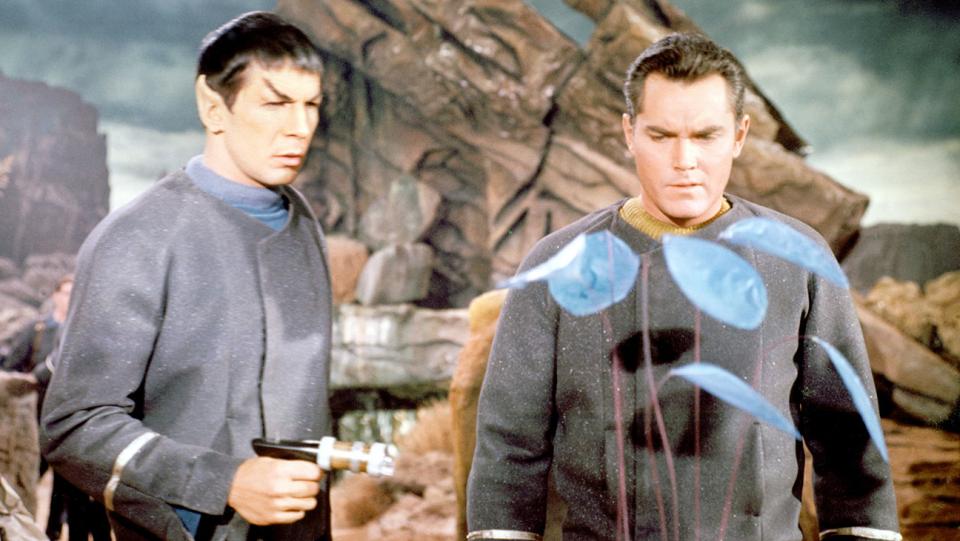
As a result, history shifted: when Hunter declined to film the second Star Trek pilot in 1965, the new captain became William Shatner, who had been enjoying a varied, and highly regarded, career on Broadway, television, and film. The crew was shuffled (the original vision of a woman second-in-command was also nixed by the network) to become Captain Kirk, the newly-promoted Mr. Spock, and soon, Dr. "Bones" McCoy.
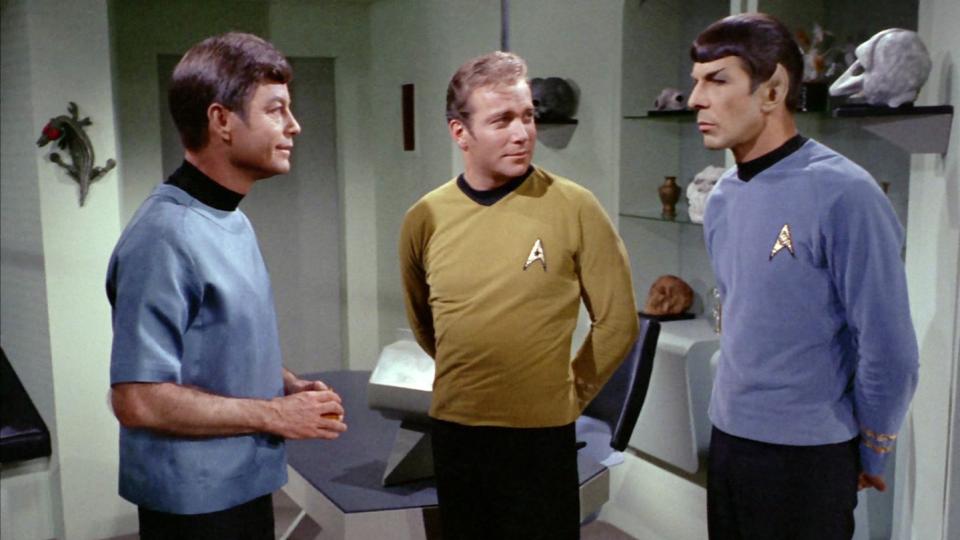
There is a school of thought that Star Trek would have become a hit even with the original leading actors from the pilot, but it is also undeniable that the chemistry of the resultant trio became vital to the series' appeal. So much so that the core idea of three leads, with clashing personalities and disparate areas of responsibility, are still reconstituted in every new version of the show, each with their own attempt to capture the Kirk/Spock/McCoy magic.
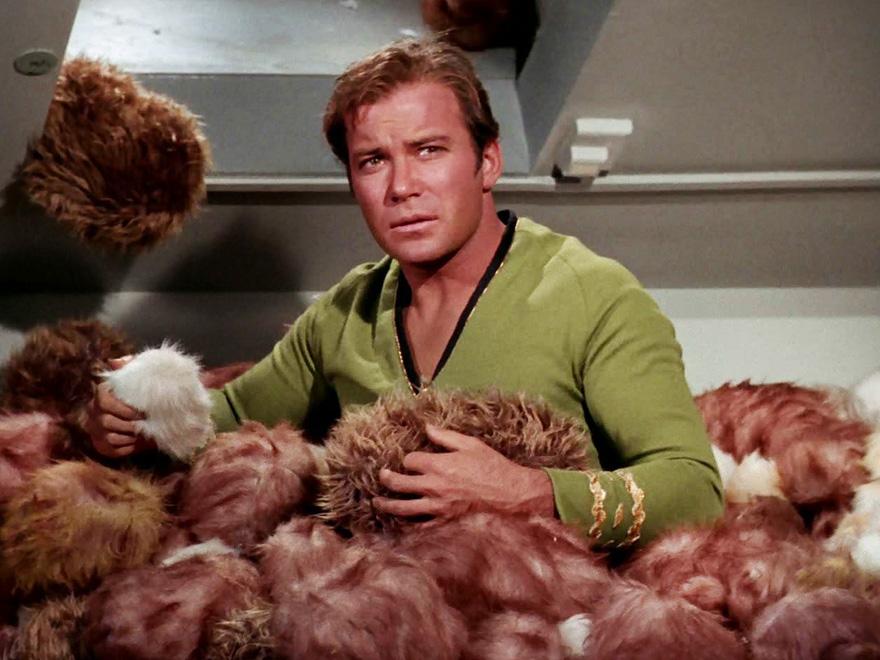
Lots of television shows have appealing characters and interesting clashes of personality; at least, that is always the goal. What set Star Trek apart, especially at the time, was the conceptual nature of the conflicts it portrayed. It wasn't a town in jeopardy, it was a whole planet. It wasn't a monster who could flatten a building, it was a monster so big it could eat a spaceship.
Unique challenges—like what to do when the transporter accidentally created two captains—kept audiences, then and now, enthralled with the unknown possibilities the U.S.S. Enterprise would encounter. While some of the show was shirt-tearing action, as demanded by the network, there were also plenty of brain puzzles and the intriguing dilemmas they spawned.
An alternate universe
Star Trek didn't simply create fans. It created the scientists of today.
Leonard Nimoy discovered his portrayal of the fiercely logical, yet highly emotional, Mr. Spock was an inspiration. Many people told him their desire for a science or technology career was because of how these endeavors were portrayed on Star Trek.
Mae Carol Jemison, the first African-American woman to fly in space, has said watching the show as a little girl led to an ambition which powered her career as an astronaut. Another famous fan is the celebrated astrophysicist Neil deGrasse Tyson.
In 2017, an emergency medicine physician and a network engineer led a team to develop a Star Trek–inspired device that won the international Qualcomm Tricorder X Prize. This new device can read health vitals such as heart rate and blood pressure, diagnose 13 conditions including diabetes and pneumonia, and send data directly to an iPad or smartphone.
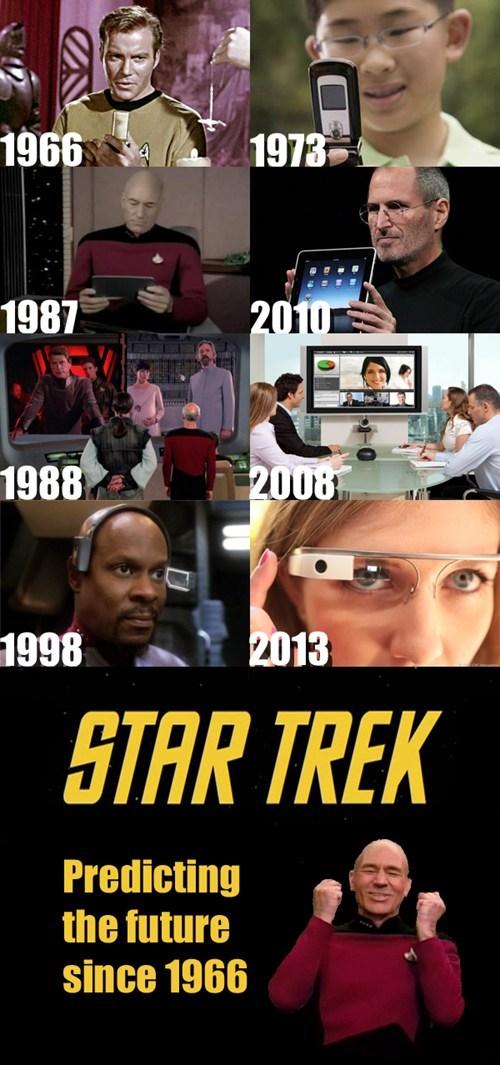
Thanks to Gene Roddenberry's devotion to diversity and equal opportunity, the Star Trek crew was a mix of genders and ethnicities to an extent unheard of at the time. With the Cold War raging and international tensions mounting, the crew of the Enterprise were an admirable bunch of beings who weren't just from different countries; they were from different galaxies. And yet, they all managed to work together and respect each other.
This is why the call of "Captain on the bridge!" will be so exciting to those present on the deck of the rebuilt Enterprise. It is more than the opportunity to get an autograph and pose for photos. It is about being as close as they can to a wonderful dream of compatible, and compassionate, humanity.
So... why don't you boldly go?
Consult our event listing, Shatner Beaming to Original Series Set Tour, for details and tickets. Beam down to a great place to stay. You won't need the replicator with our many dining spots.
